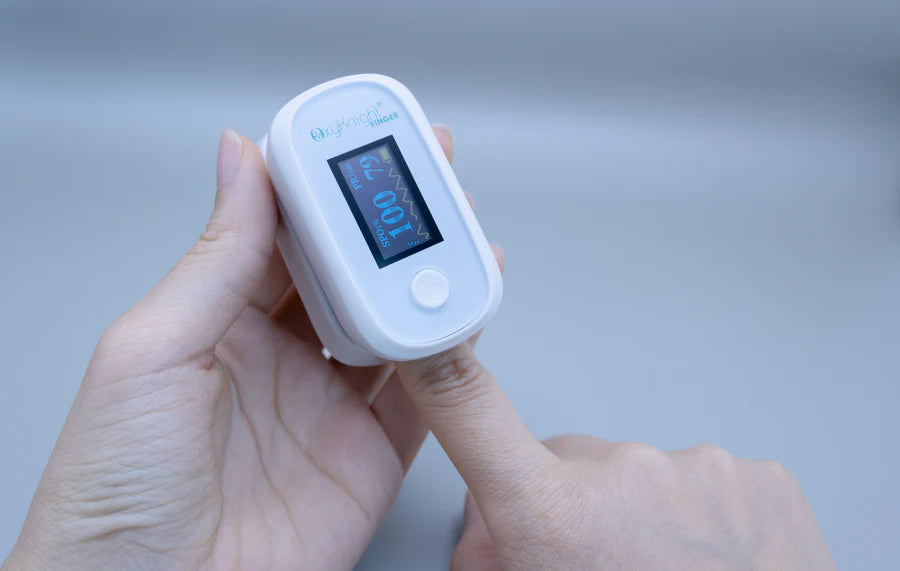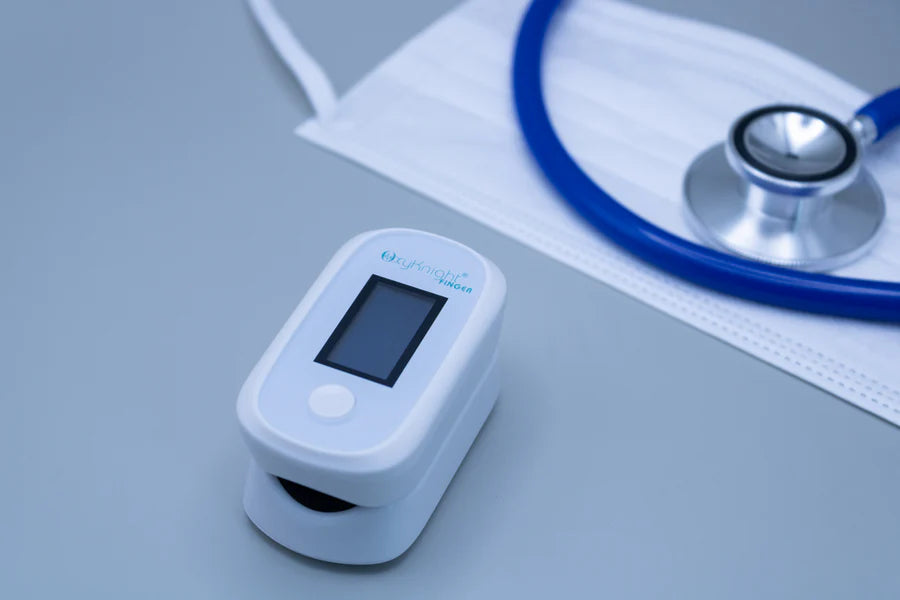Normal Readings on a Spirometer | CMI Health

What is Spirometry?
Spirometry is a common breathing test that assesses how well your lungs work. A spirometer measures how much air goes in and out as you breathe. It helps figure out the cause of symptoms such as coughing, shortness of breath, and even diagnoses conditions such as:
- Asthma
- COPD (chronic obstructive pulmonary disease)
- Pulmonary fibrosis (critical after surgeries (Johns Hopkins))
- Cystic fibrosis
If any of these symptoms or conditions apply to you, it’s worth investing in a Spirometer. Spirometers can even detect abnormalities early on before symptoms (such as shortness of breath or wheezing (an indicator of Asthma) appear. Therefore, treatment can start sooner. In addition, if you’re at risk for COVID-19, investing in one is beneficial.
Most healthcare professionals believe that Spirometers should be used routinely (National Library of Medicine, 2018). One study found that when prescribed daily breathing exercises with a Spirometer, users experienced a 16% increase in maximal inspiratory volume over 30 days and did not need to contact their healthcare provider (National Library of Medicine, 2021).
How Do I Read my Spirometer?
There are three common measurements in the interpretation of Spirometry results.
Forced Vital Capacity (FVC)
- This measurement of lung size (in liters) represents the air volume in the lungs that can be exhaled following a deep inhalation.
Forced expiratory volume-one second (FEV1)
- This is a measurement of how much air can be exhaled in one second following a deep inhalation.
The FEV1/FEVC ratio
- This represents the percentage of the lung size (FVC) that you can exhale in one second. This means the individual can breathe out 80% of the inhaled air in the lungs in one second. For example, if the FEV1 is four and the FVC is 5, the FEV1/FVC ratio would be ⅘ or 80%.
For a more detailed set of instructions on how to set up and read your results, see table below.

What Are Normal Readings on a Spirometer?
Your Spirometry results depend on your age, height, race, and sex, compared to other individuals with normal lungs. Spirometry measures two key factors: expiratory forced vital capacity (FVC) and forced expiratory volume in one second (FEV1).
Obstructed airways will reduce the air you can quickly blow out of your lungs. This translates to a lower FEV1 and FEV1/FVC ratio. Generally speaking, a healthy FEV1% for adults is above 70%, while a healthy FEV1% for children is 80-85%.
If your standard FEV1% is around 75% and then suddenly dips to 70%, you have been exposed to an asthma trigger or maybe have a respiratory infection.
CMI Health’s SpiroLink®
ll

You must be selective when purchasing a Spirometer. Many factors are to consider, but the essential features are durability, FDA-cleared Bluetooth sync ability, etc. For a complete, detailed guide on purchasing the right Spirometer for you, visit.
There are many types of Spirometers out there you should know about, but CMI Health’s SpiroLink® allows you to track your breathing with an innovative app and has updated features other Spirometers do not.
For example, some key features include:
- Measures PEF, FEV1, and FVC using a pressure sensor (optional filters)
- FDA-cleared
- Bluetooth capabilities (easily track and manage your data)
- Rechargeable (30-day long battery)
- Increased lifespan
- Better pricing
- Connects to more mobile apps (iOS and android)
SpiroLink® has everything you need to begin monitoring your daily lung functions, allowing you to record your data at home and communicate your results with your healthcare provider conveniently. For more information on SpiroLink®, see. Users are already raving about this new and improved way of monitoring their respiratory health.



































Leave a comment